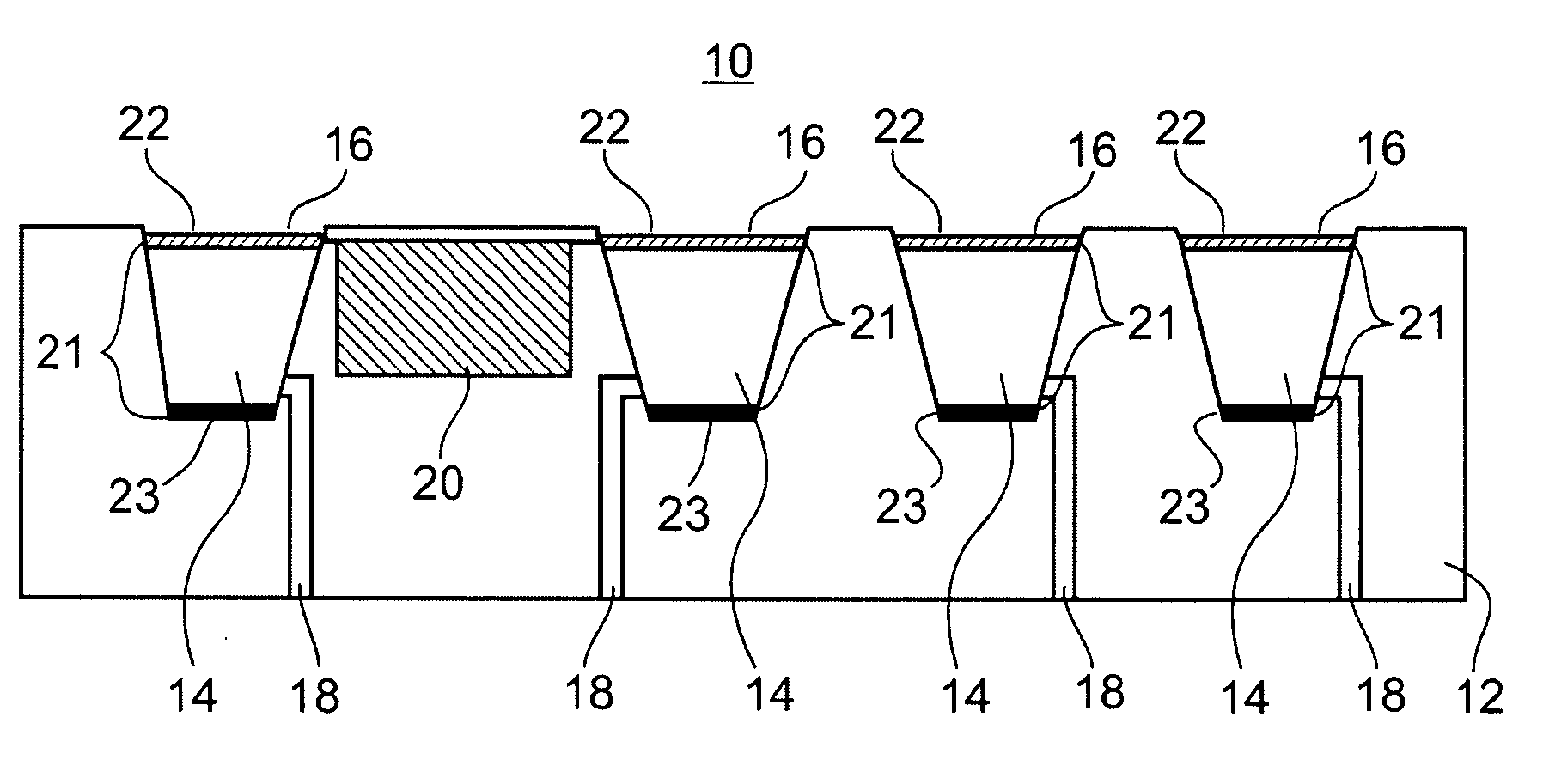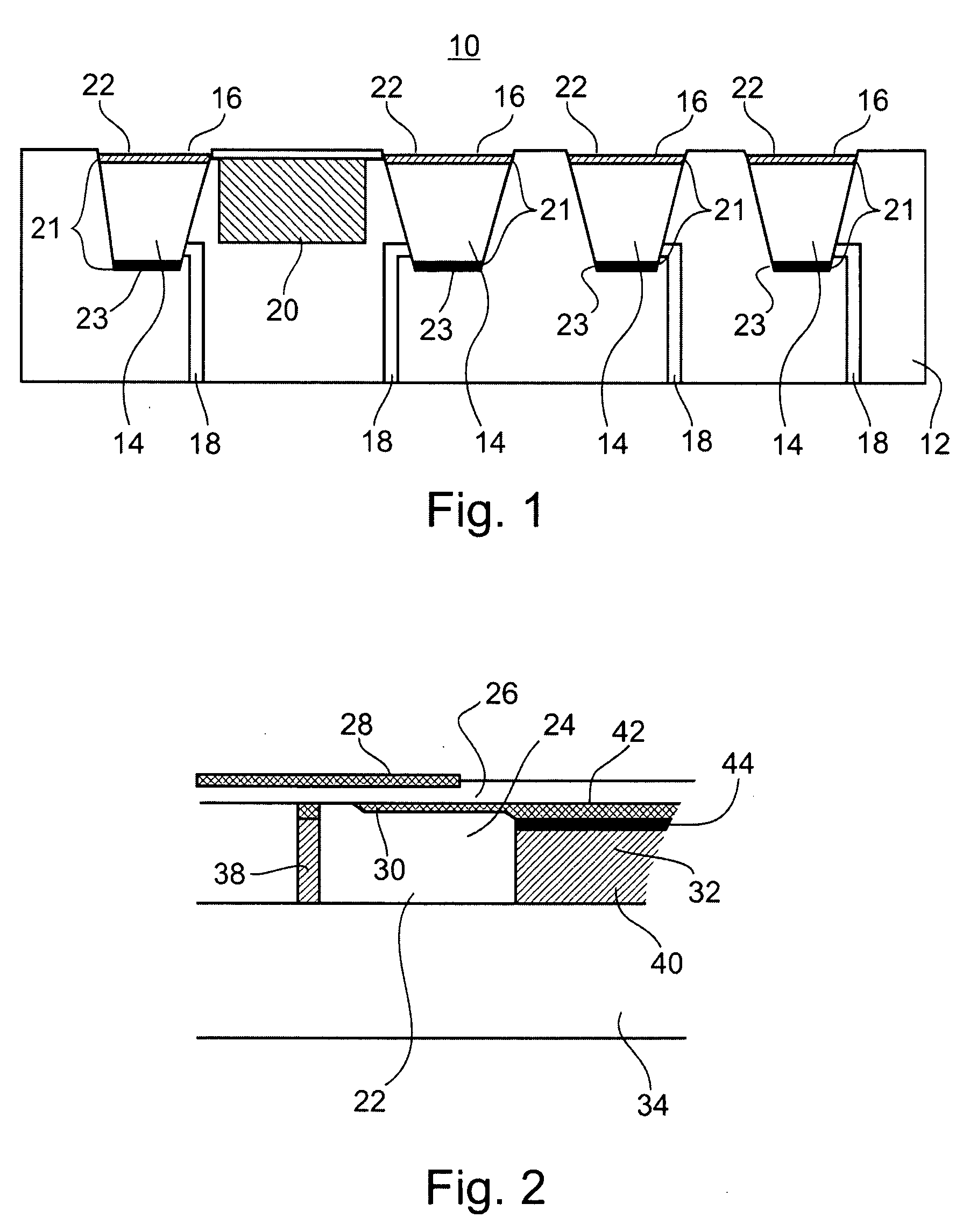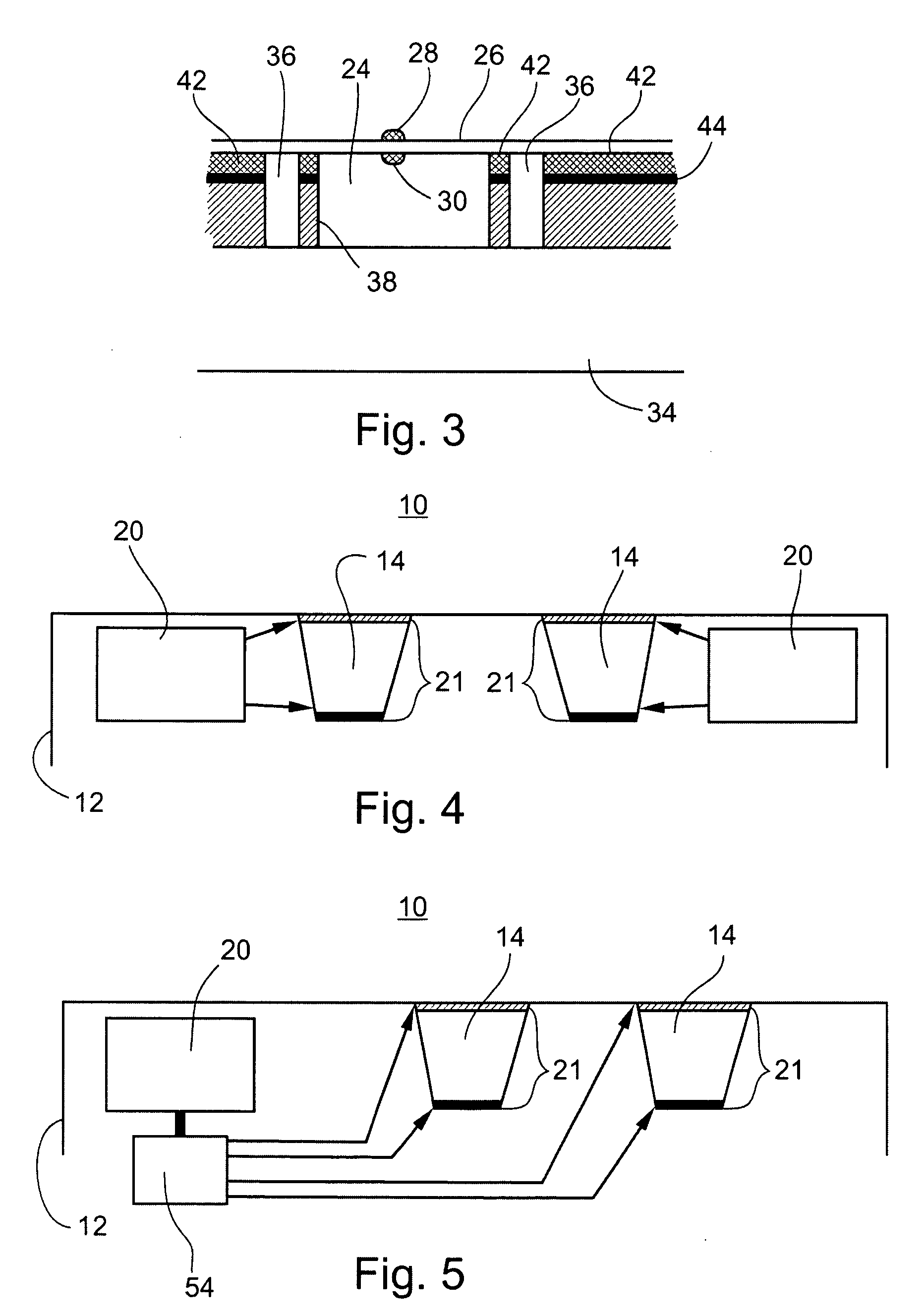Devices for intrabody delivery of molecules and systems and methods utilizing same
a technology of intrabody delivery and molecules, applied in the direction of pharmaceutical delivery mechanism, generator/motor, medical preparations, etc., can solve the problems of unfavorable cytotoxic effects at tissue regions, complex and frequent breakdown, and inability to accurately and control the delivery of drugs
- Summary
- Abstract
- Description
- Claims
- Application Information
AI Technical Summary
Benefits of technology
Problems solved by technology
Method used
Image
Examples
Embodiment Construction
Acoustic Switch Circuitry and Function
[0118] Referring again to the drawings, FIG. 8, illustrates an example of circuitry and components employed by an acoustic switch 200 which is utilizable by the device of the present invention.
[0119] Switch 200 includes a piezoelectric transducer, or other acoustic transducer such the acoustic transducer described hereinabove (not shown, but connectable at locations piezo+ and piezo-), a plurality of MOSFET transistors (Q1-Q4) and resistors (R1-R4), and switch S1.
[0120] In the switch's "sleep" mode, all of the MOSFET transistors (Q1-Q4) are in an off state. To maintain the off state, the gates of the transistors are biased by pull-up and pull-down resistors. The gates of N-channel transistors (Q1, Q3 & Q4) are biased to ground and the gate of P-channel transistor Q2 is biased to +3V. During this quiescent stage, switch S1 is closed and no current flows through the circuit.
[0121] Therefore, although an energy storage device (not shown, but couple...
PUM
 Login to View More
Login to View More Abstract
Description
Claims
Application Information
 Login to View More
Login to View More - R&D
- Intellectual Property
- Life Sciences
- Materials
- Tech Scout
- Unparalleled Data Quality
- Higher Quality Content
- 60% Fewer Hallucinations
Browse by: Latest US Patents, China's latest patents, Technical Efficacy Thesaurus, Application Domain, Technology Topic, Popular Technical Reports.
© 2025 PatSnap. All rights reserved.Legal|Privacy policy|Modern Slavery Act Transparency Statement|Sitemap|About US| Contact US: help@patsnap.com



